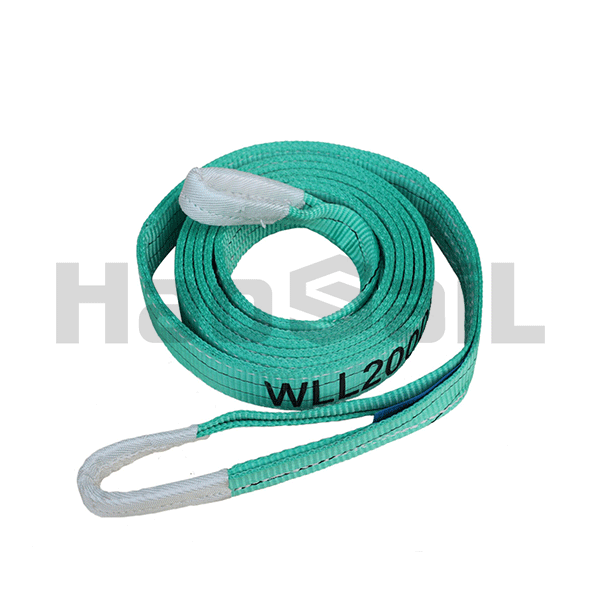Using swivel hooks as end fittings for sling legs offers several advantages in lifting and rigging operations. Here are some of the key benefits:
Load Stability: Swivel hooks allow for the sling leg to rotate freely, which helps to maintain load stability during lifting. The rotating mechanism reduces twisting and tangling of the sling leg, preventing potential hazards and ensuring a more controlled lift.
Reduced Stress on Sling Leg: The swivel action of the hook helps to minimize the stress and strain on the sling leg. As the load rotates or moves, the swivel hook allows the sling leg to adjust and align itself naturally, reducing the risk of excessive tension or torsion on the sling leg.
Enhanced Load Control: Swivel hooks provide improved load control during lifting operations. The ability of the swivel hook to rotate allows for better positioning and alignment of the load, optimizing the balance and stability of the lift.
Flexibility and Versatility: Swivel hooks offer flexibility in rigging configurations. They can be easily attached to various rigging components, such as master links, shackles, or other connecting points. Swivel hooks accommodate different angles and directions, allowing for versatile attachment options.
Increased Lifespan of Sling: By reducing twisting, kinking, and abrasion, swivel hooks help to extend the lifespan of the sling leg. The reduced wear and tear on the sling leg translate into improved durability and longevity of the lifting equipment.
Operator Convenience: Swivel hooks contribute to the convenience and ease of use for operators. The swivel action reduces the effort required to align the load during attachment, making the rigging process smoother and more efficient.
It is important to note that while swivel hooks offer numerous advantages, they should be used appropriately and within their specified load limits. Regular inspection and maintenance of the swivel hooks, as well as compliance with safety guidelines and manufacturer recommendations, are essential to ensure their continued reliability and safe operation.








